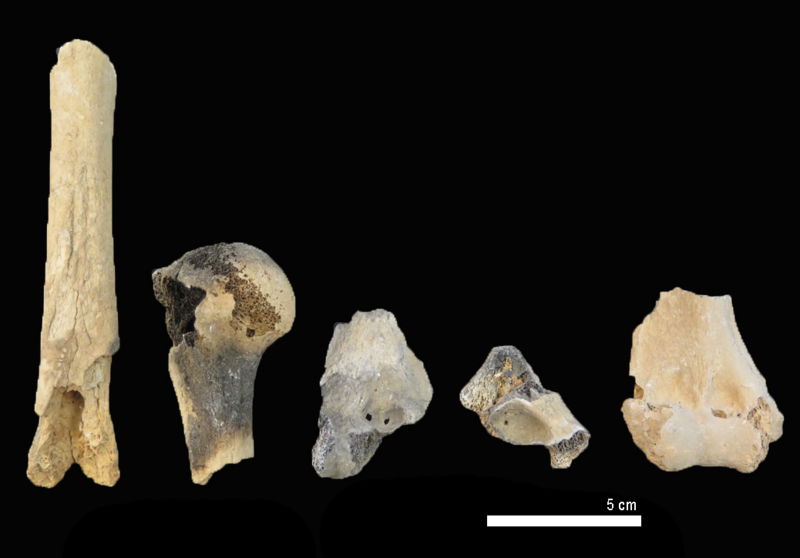Forschung
Research Questions
1. How many individuals were being buried in these collective cairns and what was the demographic profile? Was there any separation by age and sex?
2. What types of pathological and traumatic conditions can be observed amongst the individuals and what might this mean for the health status of the population?
3. What can the analysis of the burning patterns tell us about when this occurred and what this might mean for funerary practices?
4. What can analysis of the fragmentation patterns of the remains tell us about funerary practices?
5. Is there any evidence for anthropogenic manipulation and fragmentation of the remains?
6. What damage to the remains was being caused by modern episodes of looting?
Methods
The remains were exported to the Anthropology Department of the German Archaeological Institute in Berlin, where initial sorting was carried out. Detailed analysis of the remains was started in 2014, and is now in the final stages. As the remains were very fragmentary, an MNI (Minimum Number of Individuals) was calculated from anatomical landmarks rather than complete elements. Very few elements could be assigned an age and sex but where this was possible, standard anthropological methods were used. Metric analyses of elements are also being undertaken in order to try and calculate a more accurate demographic profile, although the high degree of fragmentation is proving to be a major difficulty. Non-adult elements were separated from the adult remains and an MNI was calculated for these individuals based on dental and skeletal development, using standard anthropological methods. Any evidence for burning of the remains was recorded, with separation into different burning stages and the identification of characteristics common to burnt dry-bone versus burnt fresh-bone being made with reference to published forensic standards. Any evidence for anatomical variation, pathology, activity-related changes and trauma were also recorded and photographed.





